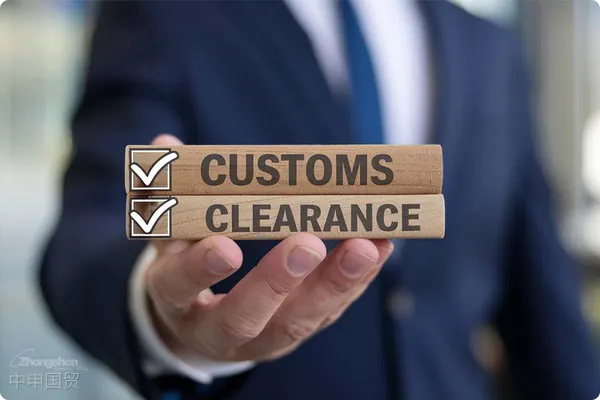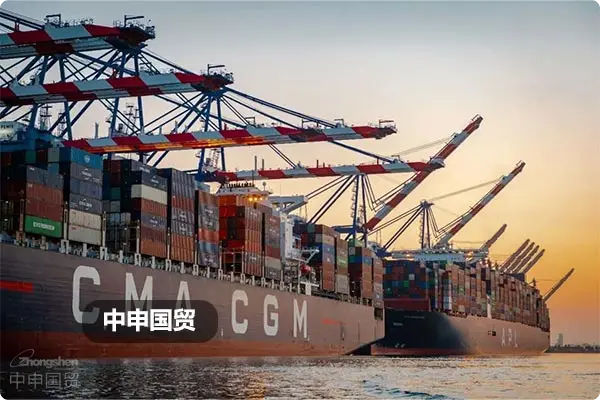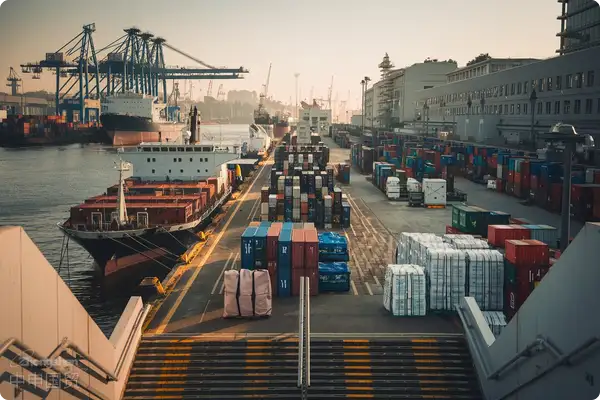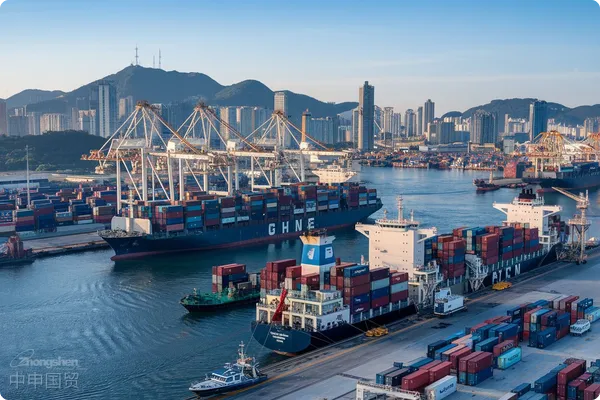- Shanghai Zhongshen International Trade Co., Ltd. - Two decades of trade agency expertise.
- Service Hotline: 139 1787 2118
I. Cannot be Filled as Zero
II. Refer to Market Value
III. Reasonably Reduce the Declared Value
Although samples are provided free of charge, the value of the goods on the customs declaration form cannot be shown as zero. This is because the customs needs to assess whether the goods meet the requirements of customs supervision and taxation based on the declared value of the goods. Filling in a zero value is usually regarded as an attempt to evade tariffs or conceal true transaction information, which may lead to the detention, penalty of the goods and even legal liability. The customs regulations of many countries require that even samples with no commercial value must be declared at the fair market value.

IV. Clearly Indicate as a Gift or Sample
When making a customs declaration, the value of the samples should be declared based on the average price of similar goods in the market. Even if the samples are given away for free, in order to avoid the customs risks caused by under - reporting the value, it is recommended to determine the declared value according to the production cost, market selling price of the goods or the average price of similar goods. Declaring too low a value may be considered as underestimating the price of imported goods, thus triggering customs inspections or re - valuation, increasing unnecessary troubles and costs.
V. Choose the Appropriate Trade Method
In actual operation, the declared value of the samples can be moderately lower than its actual market value, but it needs to be within a reasonable range and not deviate significantly from the market price. For example, if the average selling price of a sample air - conditioner in the market is $1000, the declared value can be filled in as around $800 when making the declaration. This moderate price reduction is to reflect the non - commercial use of the sample. However, if the declared value is too low, such as $1, it may arouse the customs suspicion and re - evaluation, resulting in the detention or fine of the sample.
IV. Clearly indicate as gifts or samples
On the customs declaration form and commercial invoice, the goods should be clearly marked as gift or sample, and their nature and purpose should be described in detail. For example, in the remarks column, it can be noted: This product is a non - sales sample, only used for testing or display purposes and is not for sale. This kind of description can help customs officers understand the use of the sample and reduce the risk of inspection or delay caused by unclear use.
V. Select an appropriate trade method
For samples given away for free, it is recommended to declare them separately from the goods purchased normally and list them separately as the other free category. This approach helps to avoid mixing samples with normal sales goods, which may complicate the customs clearance process. When making the declaration, the attributes of the samples, such as commercial sample and promotional gift, need to be clearly marked for the customs to identify quickly.import and exportThe customs requirements for free samples may vary in different countries and regions. For example, some countries may have specific regulations on the quantity, upper limit of value or usage of imported samples. Therefore, when filling in the customs declaration amount, enterprises should first understand the laws, regulations and customs policies of the destination country to ensure that the information provided meets local requirements. This may include checking whether special import licenses, sample certificates are needed or whether certain taxes need to be paid.
VI. Comply with the regulations of the destination country
Filling in the customs declaration amount requires experience and professional knowledge, especially for situations involving complex regulations or specific samples. If an enterprise is not sure how to correctly fill in the customs declaration amount of samples, it is recommended to consult a professional customs brokerage company or
VII. Seek professional advice
like thisZhongShen International TradeI. Basic process of exporting electronic communication equipment to Thailandforeign tradeAgency companies seek help. These professionals can provide targeted advice to help enterprises avoid potential customs declaration errors or compliance issues, thus ensuring the smooth passage of samples through customs.
VIII. Maintain transparency and smooth communication
When handling sample customs declarations, enterprises should maintain transparent communication with the customs department. Once the customs has doubts about the value of the samples, the enterprise should promptly provide relevant supporting documents, such as production cost details, market price references, or usage instructions, to prove the reasonableness of the declared amount. Through proactive communication, enterprises can better build trust with the customs and reduce unnecessary frictions and delays in the customs clearance process.
Conclusion
When handling the customs declaration of free samples, compliance and transparency are the keys to success! By reasonably filling in the customs declaration amount and accurately marking the nature of the goods, you can not only improve the customs clearance efficiency but also win the trust of partners and the customs. Cooperating with professional institutions and maintaining transparent communication are key strategies for effectively managing the sample customs declaration process.
Related Recommendations
? 2025. All Rights Reserved. 滬ICP備2023007705號-2  PSB Record: Shanghai No.31011502009912
PSB Record: Shanghai No.31011502009912









